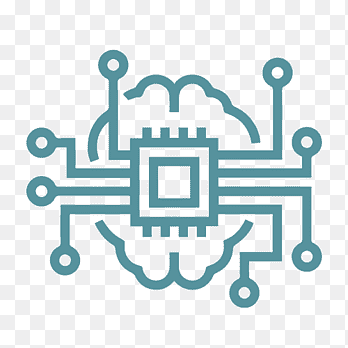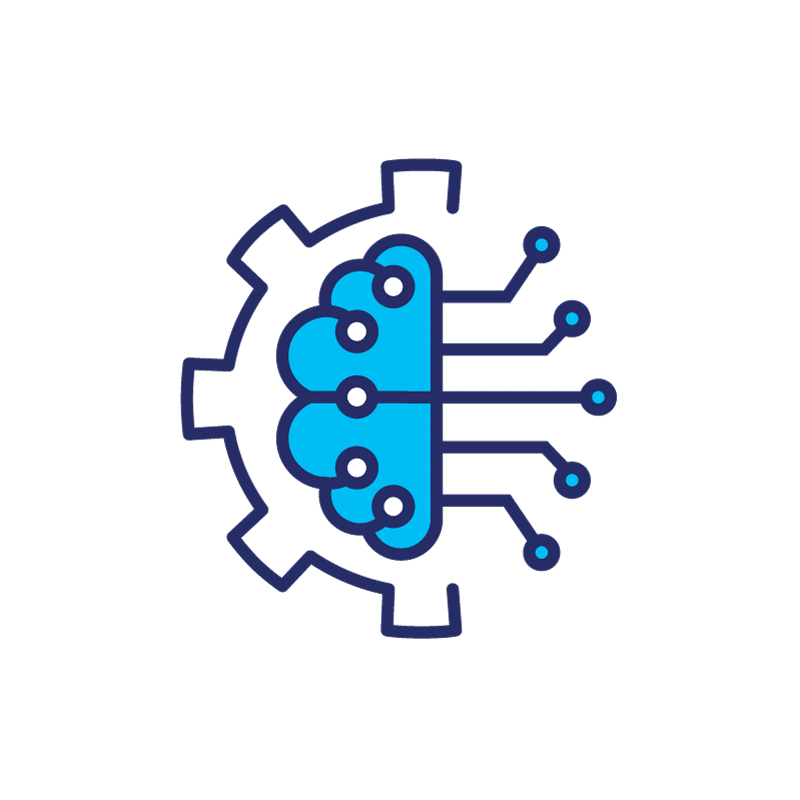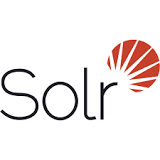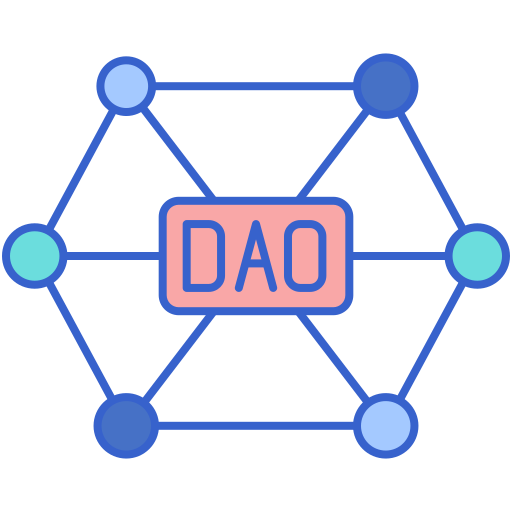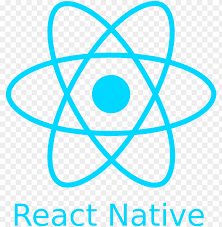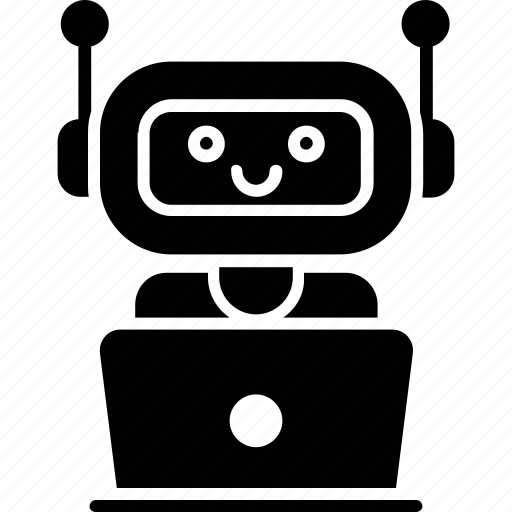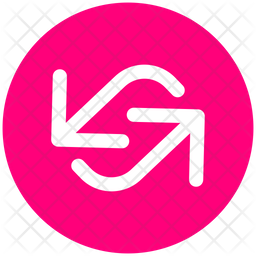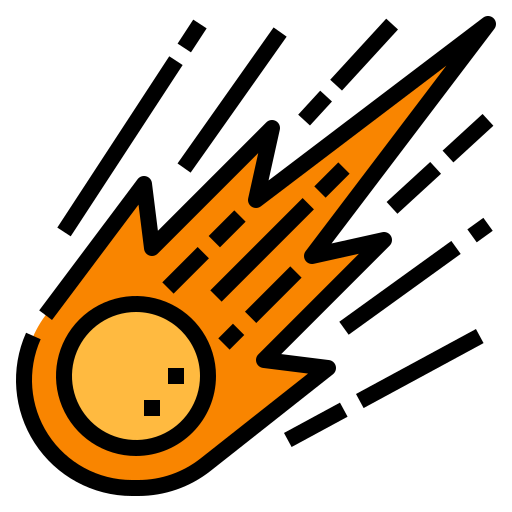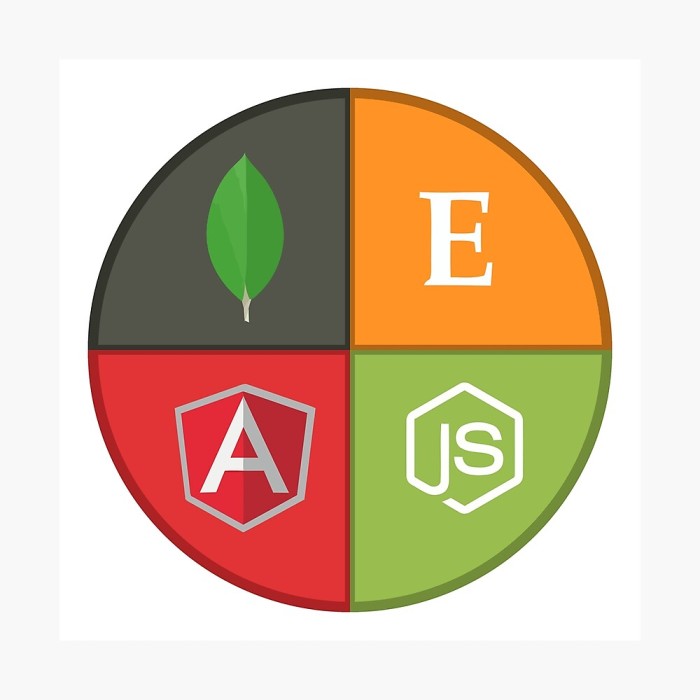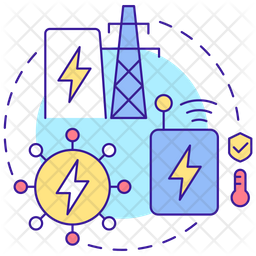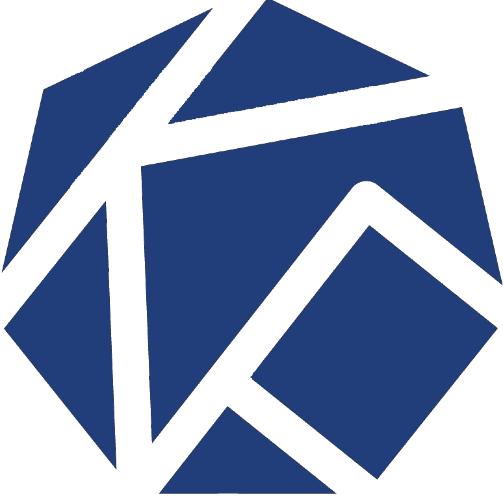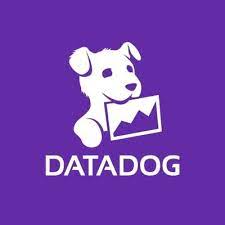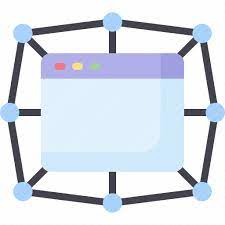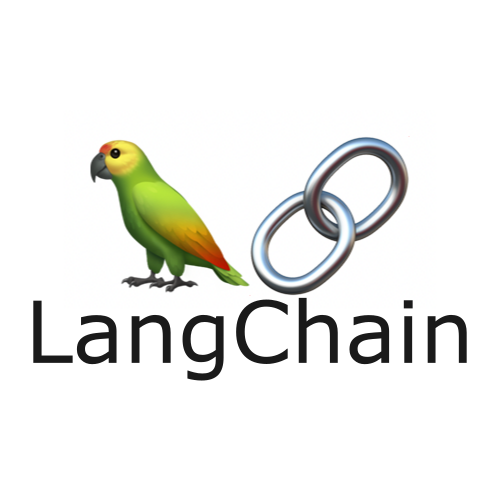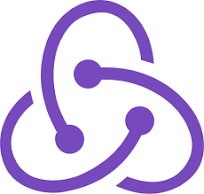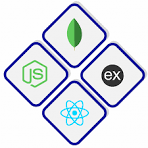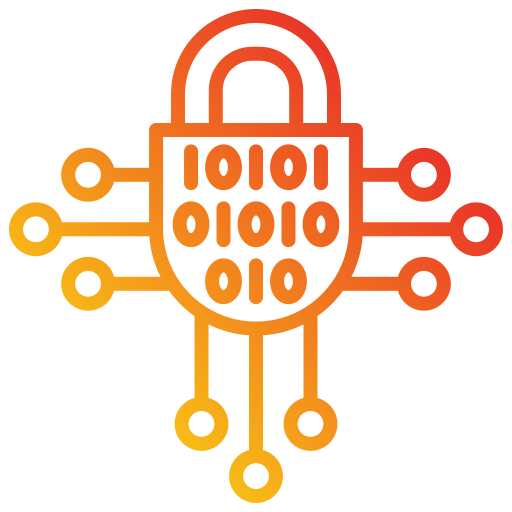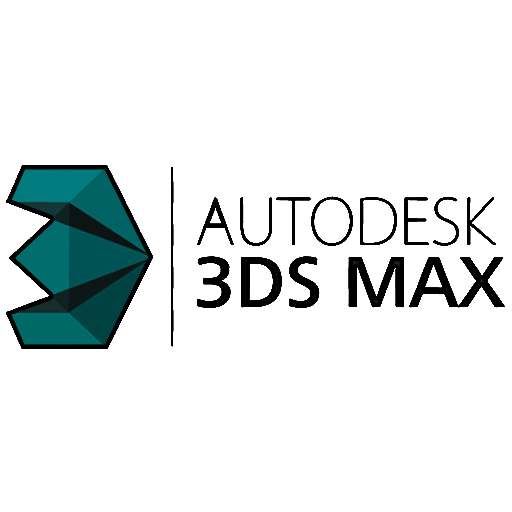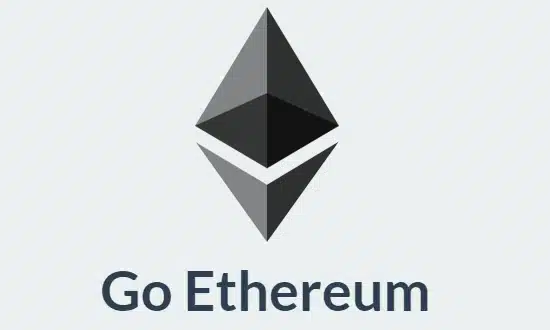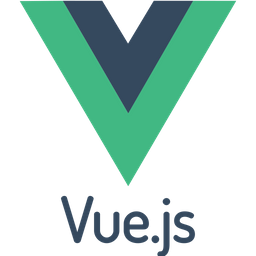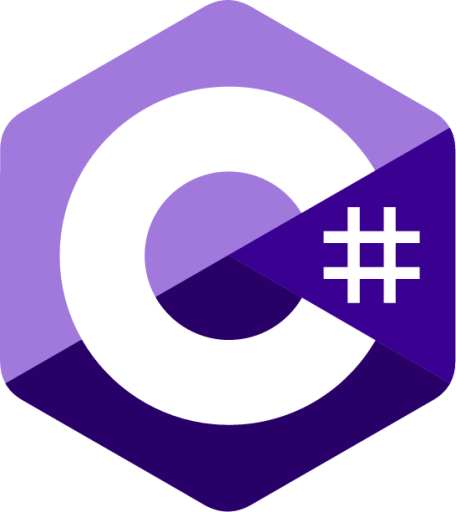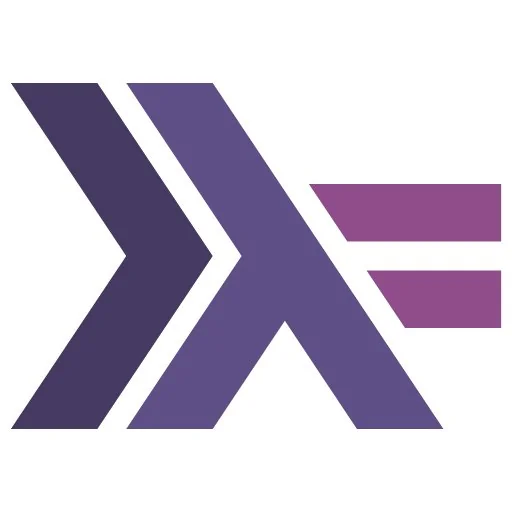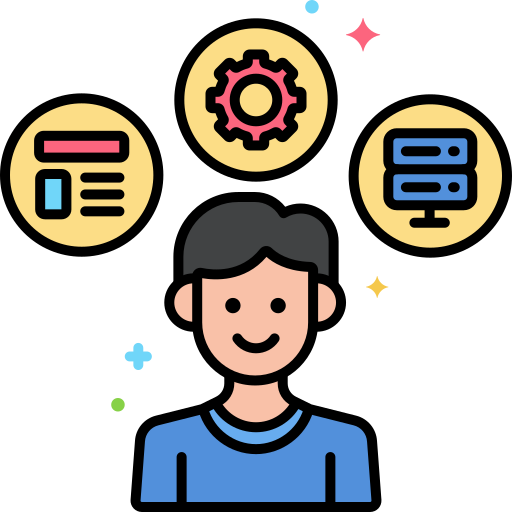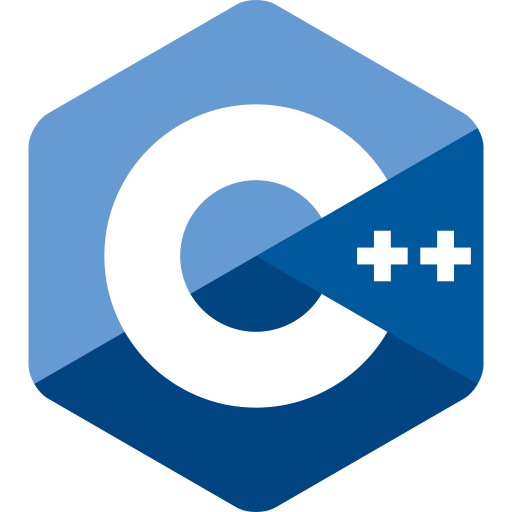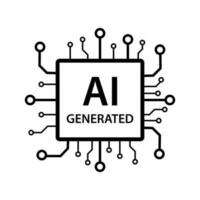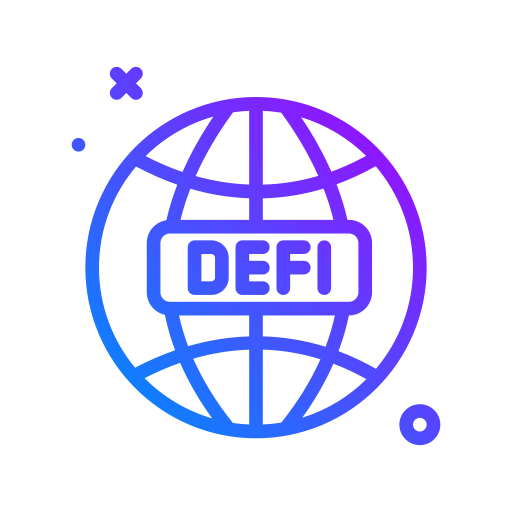Contents
Who is a Generative AI Developer?
What are the Skills to Look for While Hiring a Generative AI Developer?
What are the Roles and Responsibilities of Generative AI Developers?
Why Hire GenAI Engineers?
What are the Benefits of Hiring UltraGenius’ Gen AI Developers?
What is the Process that Our Engineers Follow in Developing Generative AI Solutions?
What are the Generative AI Models in which we have expertise?
Interview Questions for Hire a Generative AI Programmer
Who is a Generative AI Developer?
A generative AI developer is an experienced professional who specializes in the creation and implementation of artificial intelligence systems. Generative AI developers possess in-depth knowledge of machine learning algorithms, neural networks, statistical modeling techniques, and programming languages such as Python TensorFlow PyTorch commonly used to construct such models.
What are the Skills to Look for While Hiring a Generative AI Developer?
Here are some important skills to look at when hiring a GenAI developer:
- Familiar with Generative Models
- Strong Experience in Machine Learning
- Expertise in Programming Languages
- Acquainted with Data Preprocessing and Enhancement Processes
- Great Analytical and Research Abilities
- Ability to Collaborate and Communicate Effectively
Candidates should possess practical experience with Generative Adversarial Networks (GANs), Variational Autoencoders (VAEs), or other appropriate models and architectures that allow for generation. Candidates should demonstrate their abilities to efficiently design, train, and evaluate generative models.
Candidates should possess an in-depth knowledge of machine learning concepts, algorithms, and techniques, including knowledge of both supervised and unsupervised learning as well as experience with deep learning frameworks and architectures.
Look for candidates skilled in programming languages used for developing generative AI such as Python. Additionally, they should possess knowledge of relevant libraries and frameworks such as TensorFlow, PyTorch or Keras.
Candidates should possess skills in preprocessing datasets for training generative models, including techniques such as data cleansing, normalization, and augmentation to ensure quality and diversity in training data sets.
Developers must have the ability to analyze and interpret results, evaluate model performance, and iterate on their approaches based on evolving evidence. Additionally, they should stay updated with the latest advancements in their field.
Effective collaboration and communication skills are vital when working in cross-functional teams and conveying ideas and results effectively. Look for candidates who can explain complex ideas well and have proven ability to work harmoniously with others.
What are the Roles and Responsibilities of Generative AI Developers?
Here are some critical roles and responsibilities for GenAI developers:
- Developing Generative AI Models
- Data Management
- Integration of AI Models
- Examination and Validation
- Collaboration
Generative AI developers are responsible for designing, creating, and implementing artificial intelligence (AI) systems that generate relevant solutions tailored to specific business requirements and use cases.
GenAI developers are responsible for managing and interpreting complex datasets. This process includes preparing the data, selecting relevant features, and using this information to train and improve AI models.
Generative AI developers are responsible for integrating generative AI models into existing software applications to increase functionality and create standalone generative AI tools for better performance.
Generative AI developers carefully test and compare generative AI models to ensure they provide satisfactory performance that supports business objectives.
Generative AI developers work closely interconnected with teams of data scientists, software engineers, and domain experts to meet project requirements and align work with organizational objectives.
Why Hire GenAI Engineers?
Generative AI engineers are highly skilled candidates with unique skill sets who can propel businesses to new levels of growth and innovation. Here are three reasons why hiring these specialists for your organization:
- Automate the Process
- Data Assessment Platforms
- Creativity and Innovation
- Unique User Experience
- Extensibility
Generative AI systems can automate repetitive tasks, freeing up your team to focus on more strategic initiatives. It can significantly increase productivity in your business.
Generative AI developers can build systems to analyze massive amounts of data and uncover insights and help in making more informed business decisions.
Generative AI developers can design intelligent systems that produce novel ideas or content, transforming business operations, further increasing creativity and innovation.
Generative AI can create tailored customer experiences. This feature can increase customer satisfaction and loyalty while simultaneously increasing sales and revenue.
Generative AI models can scale with your business needs as it grows. As operations expand, these AI-powered models will adapt and handle increased workloads without needing additional manual intervention from human staff members.
What are the Benefits of Hiring UltraGenius’ Gen AI Developers?
UltraGenius provides carefully selected GenAI engineers who possess expertise in neural networks, machine learning algorithms, statistical modeling, Python programming, data processing and augmentation, deep learning frameworks, and other areas. In addition, we thoroughly vet remote generative AI developers for communication and seniority skills to ensure seamless integration within your team. - Gain access to an international developer pool - Thoroughly-vetted developers - Hiring within 24 hours - 30 days risk-free trial - Global payments solutions - Build Secure Development Environments
What is the Process that Our Engineers Follow in Developing Generative AI Solutions?
- Initial Evaluation
- Strategic Development
- Design and Development
- Testing
- Integration and Optimization
- Integration and Support
Establish and document the needs, objectives, and constraints for the project. Understanding what stakeholders expect of its end product or system is paramount.
Create a plan for addressing generative AI model selection, training approach, resource allocation and deployment strategy tailored to the project goals.
After creating detailed pan and architectural designs for the solution, we will proceed with development using an optimized model designed to match up with individual client requirements.
Regularly test and continuously enhance the generative AI solution through iterative cycles to ensure higher output quality and reduce biases.
A generative AI solution is implemented into production environments and ongoing optimization efforts are undertaken to enhance its performance and output quality.
Integrate a generative AI solution into their existing ecosystem, with ongoing support and maintenance to keep up with changing requirements.
What are the Generative AI Models in which we have expertise?
GPT-4: OpenAI models that can solve complex problems with high accuracy due to advanced reasoning capabilities and broad general knowledge. LLaMA: LLaMA (Large Language Model Meta AI) is a foundational large language model created to generate text, hold conversations, summarize written materials, solve math theorems or predict protein structures. PaLM2: Google's recently unveiled extensive language model excels at complex reasoning tasks like code interpretation, math solutions, categorization queries and multilingual translation, illustrating their commitment to responsible AI. GPT-3: OpenAI provides a suite of models for natural language processing tasks like text generation, summarization, translation, and question-answering. DALL.E: DALL*E generates lifelike images and art based on text prompts, allowing for image creation, modification, and variation generation. Whisper: Whisper is an OpenAI speech recognition model capable of performing tasks such as language identification, translation, and multilingual recognition. Moderation: OpenAI's Moderation models assist in content moderation. It can help in identifying and removing inappropriate content material from online platforms. Bard: Google's Bard, powered by LaMDA, is an AI chatbot capable of engaging in conversations similar to what humans would.
Interview Questions for Hire a Generative AI Programmer
- What does the term 'latent space' refer to in generative models?
- What is transfer learning?
- What is the purpose of loss functions in generative AI?
- What strategies do you use to address overfitting during the training of generative models?
- What value can Generative AI bring to my business?
Latent spaces are lower-dimensional abstractions of data created during training that capture essential features or attributes in an easily digestible manner. Latent spaces play an integral role in Variational Autoencoders (VAEs). VAEs use latent spaces represented as probability distributions such as Gaussian distributions to encode and decode data as well as to create new points by sampling from this distribution.
Transfer learning is a technique in machine learning where knowledge gained by training one model on one task can be transferred and applied to another related task. Transfer learning can be particularly effective for use within generative AI as it allows existing pre-trained models on large datasets or complex tasks to be leveraged to create new generative tasks with limited data or resources.
Loss functions in generative AI serve as essential optimization parameters that measure any discrepancies between output generated from generative models and target data and guide learning by measuring its performance. By minimizing loss functions during training sessions, generative models iteratively adjust their parameters until their output closely resembles desired content - be it images, texts, or any other forms.
Multiple techniques are utilized to prevent overfitting when training generative models, including increasing dataset size, regularizing data augmentation, cross-validation, and regularizing the loss function.
Generative AI does more than just create content; it automates content, optimizes designs, and customizes user experiences among many other functions. Engaging generative AI engineers can bring many benefits to your business. They specialize in crafting tailored genAI models and solutions that streamline operations, increase productivity, boost efficiency, and ultimately lead to cost reductions that surpass other solutions available today.
































